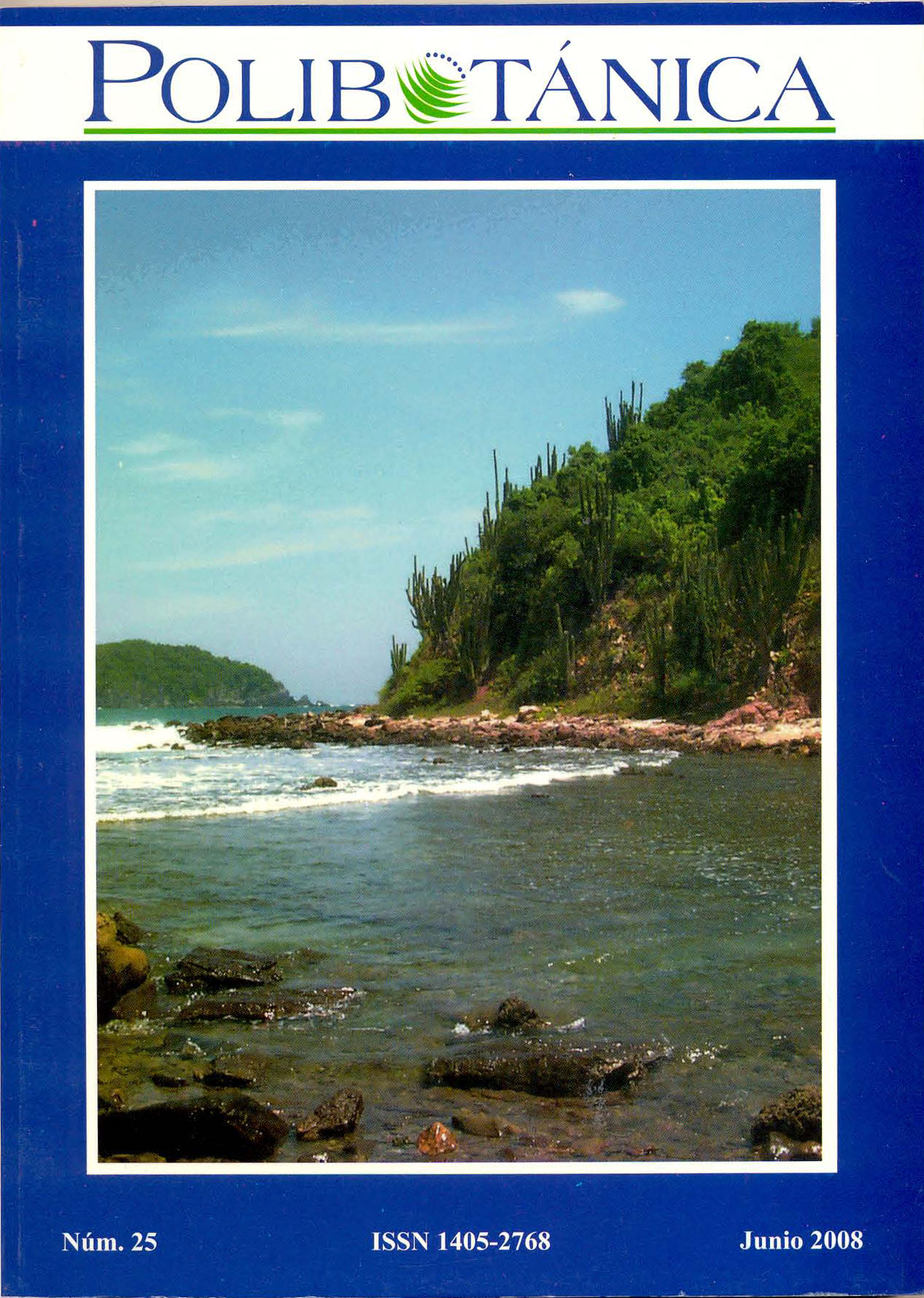ESTRUCTURA ARBÓREA Y VARIABILIDAD TEMPORAL DEL NDVI EN LOS “BAJOS INUNDABLES” DE LA PENÍNSULA DE YUCATÁN, MÉXICO
Abstract
The Low-statured Inundated Forest (SBI in
Spanish) of the Yucatan Peninsula of Mexico occurs in closed valleys with flat terrain
and insufficient drainage (polje), typical of
karstic landscapes. It is composed of few
woody species, has a canopy up to 10 m
high, and is important for its role as a refugium for fauna and as a seed source. Various
associations are distinguished within this
vegetation type, such as tintales, pucteales,
and mucales. In order improve the differentiation between SBI and non-inundated
surrounding forest, spectral reflectance of
the SBI was analyzed using NDVI over time
along a transect from the interior of a polje
to the surrounding forest in three landscapes
on a humidity gradient captured on Landsat
ETM satellite images. Plots were established along each transect for describing the
structure and composition of the vegetation,
monitoring phenology and inundation level,
and relating these to the NDVI. The SBI
plots showed a species richness (30) similar
to that of the surrounding forest (29), but
had a higher density (4570 ind/ha versus
2426 ind/ha) and higher diversity (Shannon
Wiener 3.02). NDVI values increased from
the interior of the polje to the surrounding
forest and showed a higher contrast in the
dry period. Thus, the image of that season
yielded a better classification of the SBI.
Downloads
Published
Issue
Section
License

Polibotánica by Departamento de Botánica de la Escuela Nacional de Ciencias Biológicas del Instituto Politécnico Nacional se distribuye bajo una Licencia Creative Commons Atribución-NoComercial-CompartirIgual 4.0 Internacional.




















